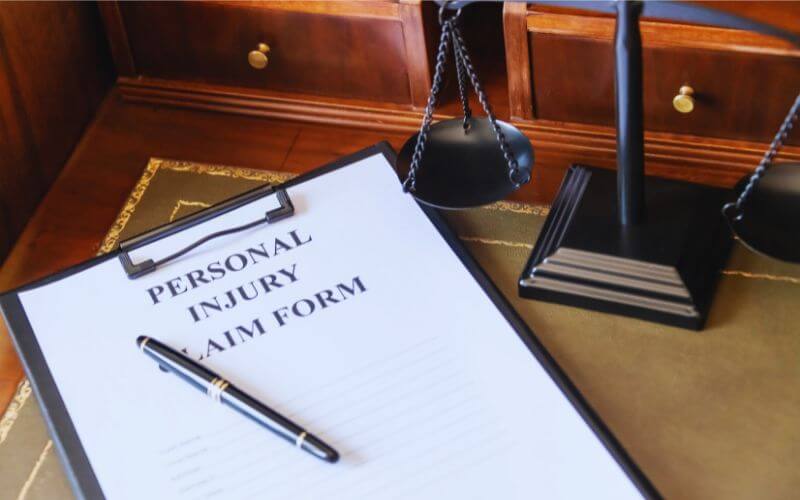The National Safety Council puts the average American driver’s chances of getting into an accident at once every 17 years. While not all accidents result from human error, most do.
When another person is responsible for the error, you can sue for damages by filing a personal injury claim. It’s important to consider that Michigan is a no-fault state, meaning you will first file a claim with your insurer. However, you can sue the at-fault party for damages when the injuries exceed your coverage.
The Threshold Injury Concept
The law requires that the injuries be a threshold injury. The law doesn’t specify what a threshold injury is. Instead, it categorizes threshold injuries into three: death, permanent serious disfigurement, and serious impairment of body function.
Death is relatively straightforward and refers to injuries that result in death. A permanent serious disfigurement refers to injuries that result in permanent scarring that can only be corrected by cosmetic surgery. A good example is scars that result from burns. Serious impairment of body function refers to any injury that alters a person’s life in any way.
This is the most common form of threshold injury shown by victims filing a personal injury claim. Serious impairment of body function must be evident to the victim and someone else. Most injuries resulting from a car accident will be evident to everyone, so it is true to say that most will meet this threshold.
Work With a Lawyer
After establishing that you have a case, the next step is initiating the claims process. The question of establishing whether or not you have a case is best handled by a lawyer. Some of the injuries you may dismiss as insignificant may have a considerable impact on your life.
For example, an injury may not result in much physical injury but greatly impacts your psychological well-being, such as leaving you with PTSD. In such cases, your injuries meet the threshold, though not in physical terms.
Settling Pre-Lawsuit
The first step in the claims process is sending a demand letter to the defendant’s insurer stating the nature of your injuries and the amount you seek as compensation. If the opposing side accepts responsibility and readily pays up, you sign release papers, and they are freed from any liability.
Sometimes, they may accept responsibility but are unwilling to pay the amount demanded in your letter. In that case, they can come to the table with a counteroffer or ask to enter into some negotiations. If you can find a consensus, they pay up as agreed, and you release them from liability.
Filling a Lawsuit
If you cannot reach a consensus, you take the claim to the next level by filing a lawsuit. The process starts with a complaint sent to the defendant informing them of your intention to sue.
After the opposing side responds to the complaint, the case goes to the discovery phase, where you exchange evidence with the defendant. “Both sides use this opportunity to size up the opposing side’s case. If the defendant feels like the plaintiff has a strong case, they may offer to negotiate,” says car accident attorney Rustin Smith of Smith Hulsey Law.
The negotiation stage comes after the discovery phase, and few cases go past this stage. The few that do not come to a consensus here go to trial, where the judge or the jury gets to decide their fate. After a successful claim, defendants recover economic damages and non-economic damages. Where gross negligence is a factor in an accident, you can seek punitive damages.

